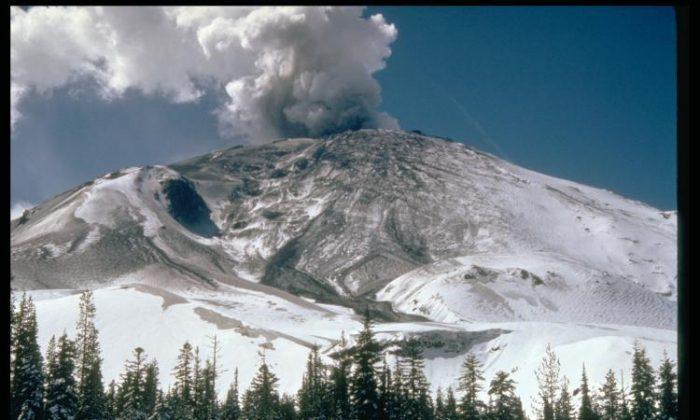In the past two months, more than 130 small earthquakes have been detected beneath Mount St. Helens, in Skamania County, Washington, the site of the devastating eruption in 1980 that was the deadliest in US history.
The earthquakes are a result of magma pressure returning under the volcano, but it’s no cause for alarm, geologists say.
“There is absolutely no sign that it will erupt anytime soon, but the data we collect tells us that the volcano is still very much alive,” the U.S. Geological Survey said.
The increased pressure of the magma chambers creates stress for the tectonic plates underneath the volcano, which triggers minor earthquakes.
“As was observed at Mount St. Helens between 1987-2004, recharge can continue for many years beneath a volcano without an eruption,” the U.S. Geological Survey said.
Most of the earthquakes were of 0.5 magnitude or lower, and the largest one had a magnitude of 1.3.
In 1980, the eruption of Mount St. Helens caused forest fires and killed 57 people. It has since become one of the most closely watched volcanoes on the planet.





